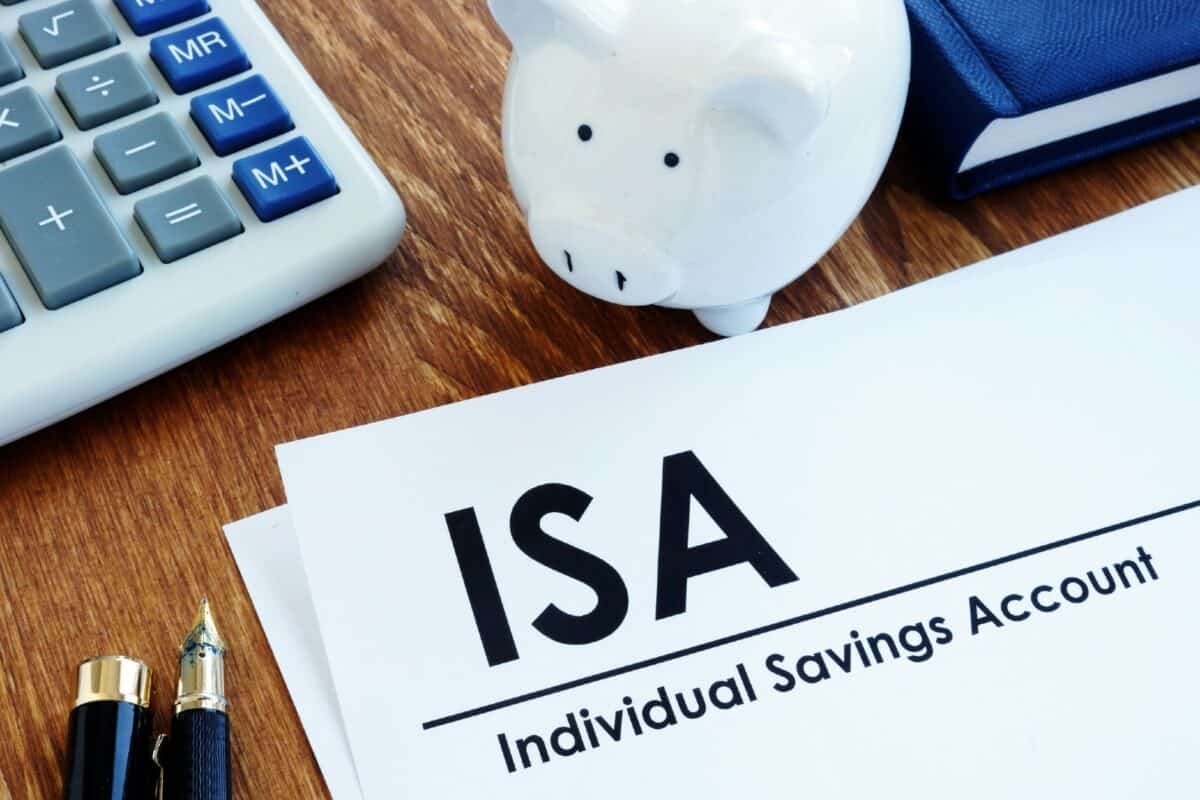Image source: Getty Images
The idea of investing in the stock market appeals to a lot of people. But actually making a move to start buying shares can be something that gets repeatedly put off.
That could be a missed opportunity.
If I wanted to start buying shares for the first time now, here are three steps I would take.
1. Learn about the stock market
It can be hard to spot a strong business. Sometimes a company looks like it is good but it runs into unforeseen difficulties that hurt its performance.
Even if we do spot a great business, that is not the same as spotting a great investment.
Take Judges Scientific (LSE: JDG) as an example. This company is not a household name, but I like the business model a lot. It buys up small and medium-sized manufacturers of specialist scientific equipment.
In that line of business, precision matters and so customers are willing to pay for quality.
By buying fairly small instrument makers at a reasonable price and providing centralised services like financing, Judges has been able to increase its profits – and dividends.
So far so good: I think Judges is an excellent business. So why, do I not own its shares?
In a word: valuation.
Put simply, I think the shares are too expensive for what they are. Clearly others disagree. The shares have increased 250% in five years. If the business keeps doing well I think they might rise further from here.
But what if performance weakens? For example, competitive pressure could eat into profit margins at Judges. My fear is that when a share valuation is elevated, I do not have a big enough margin of safety if things go poorly.
Before I made a move to start buying shares, I would want to learn more about things like valuation and how to understand company accounts.
With my new-found knowledge, I would make a list of shares I would like to buy, provided I could find them at a valuation I found attractive.
For me, for example, Judges is on my list: I would like to own it, but am not willing to pay the current share price. Having it on my watch list means that, if the price falls, I may snap it up in future.
To make this list, I would stick to businesses I felt I understood and could assess. My focus would be on companies I felt had a large market of potential customers and something that could help them appeal to those customers, compared to rivals.
3. Start buying shares!
I would set up a share-dealing account or Stocks and Shares ISA and put some money into it. That might be a lump sum, or setting up regular contributions.
With that, I would be ready to start buying shares from my shopping list as and when I could get them at what I saw as an attractive valuation.
Credit: Source link














